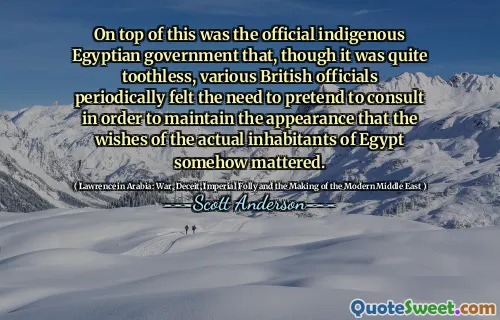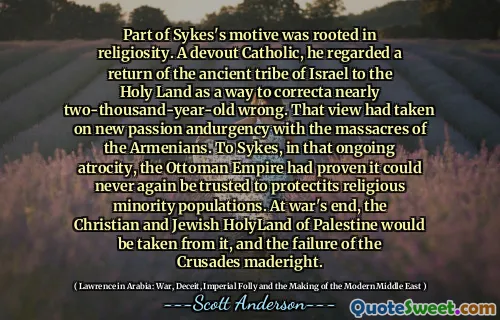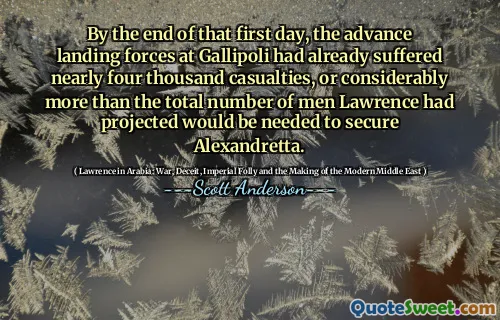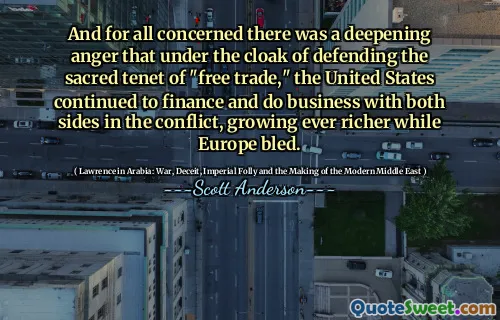
And how would the Turks defend all that? Lawrence asked. No doubt by a trenchline across the bottom if we came like an army with banners, but suppose we were {as we might be} an influence, an idea, a thing intangible, invulnerable, without front or back, drifting about like a gas? … Most wars were wars of contact, both forces striving into touch to avoid tactical surprise. Ours should be a war of detachment. We were to contain the enemy by the silent threat of a vast unknown desert, not disclosing ourselves till we attacked. If alien to many
Lawrence questioned how the Turks would defend their position, suggesting they would likely build a trench if confronted by a traditional army. However, he proposed a different approach, one that focused on operating as an unseen influence rather than a conventional force. This method would involve a strategic detachment, creating an atmosphere of uncertainty and threat without direct confrontation.
He envisioned a campaign that would rely on the power of the unknown, using the vast, intimidating desert as a means to contain the enemy. By not revealing their presence until the moment of attack, they could exploit the element of surprise, thus redefining the nature of warfare. Lawrence's strategy emphasized the need for unconventional tactics in an evolving landscape of war.











